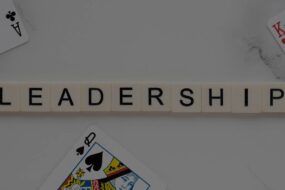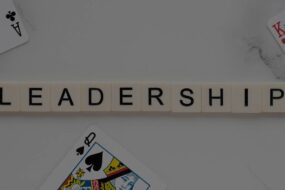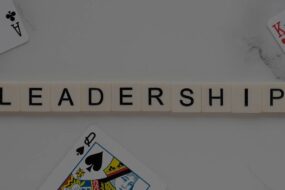
Leadership is often associated with authority, power, and decision-making. However, at its core, leadership is all about building relationships. In fact, I would go as far as to say that leadership is a relationship. Without strong relationships, a leader is just a figurehead with no real influence.
Think about it – the best leaders are not the ones who bark orders and demand compliance. They are the ones who inspire, motivate, and connect with their team on a personal level. They understand that people are not just cogs in a machine, but individuals with their own thoughts, feelings, and aspirations.
Building relationships in leadership is not just a nice-to-have, it’s a must-have. When your team trusts you, respects you, and feels valued by you, they will go above and beyond to achieve your shared goals. On the flip side, if your team feels disconnected, unappreciated, or unheard, morale will plummet, and productivity will suffer.
So, how do you build strong relationships as a leader? It starts with communication. Take the time to listen to your team members, understand their perspectives, and show empathy. Being present and engaged in conversations, both professional and personal, goes a long way in building trust and rapport.
Another key aspect of building relationships in leadership is fostering a culture of collaboration and teamwork. Encourage open dialogue, promote diversity of thought, and recognize and celebrate individual and team achievements. When team members feel supported and encouraged to contribute their unique skills and perspectives, they are more likely to feel invested in the collective success of the team.
And let’s not forget about the importance of authenticity in leadership. Be genuine, be yourself, and be transparent with your team. People are drawn to authenticity and are more likely to trust and follow a leader who is honest and true to themselves.
But building relationships in leadership is not just about the impact you have on your team. It also extends to your interactions with clients, stakeholders, and partners. Building strong relationships with external parties can open doors, create opportunities, and drive success for your organization.
Now, you might be thinking, “But how do I balance building relationships with my team and external parties?” The answer is simple: prioritize relationships based on their impact and importance to your goals. Your team is your foundation, so invest time and effort in building strong relationships with them first. Once that foundation is solid, you can then focus on nurturing relationships with external parties.
In conclusion, leadership is indeed a relationship. It’s about connecting with people, inspiring them to be their best selves, and working together towards a common purpose. By prioritizing relationships, fostering open communication, promoting collaboration, and embracing authenticity, you can cultivate a culture of trust, respect, and loyalty that will drive success for you and your team.
And remember, if you’re looking for more insightful and engaging content on leadership, be sure to check out vanturas.com. We’ve got you covered with a wealth of resources and tips to help you thrive as a leader. Here’s to building strong relationships and leading with impact!











